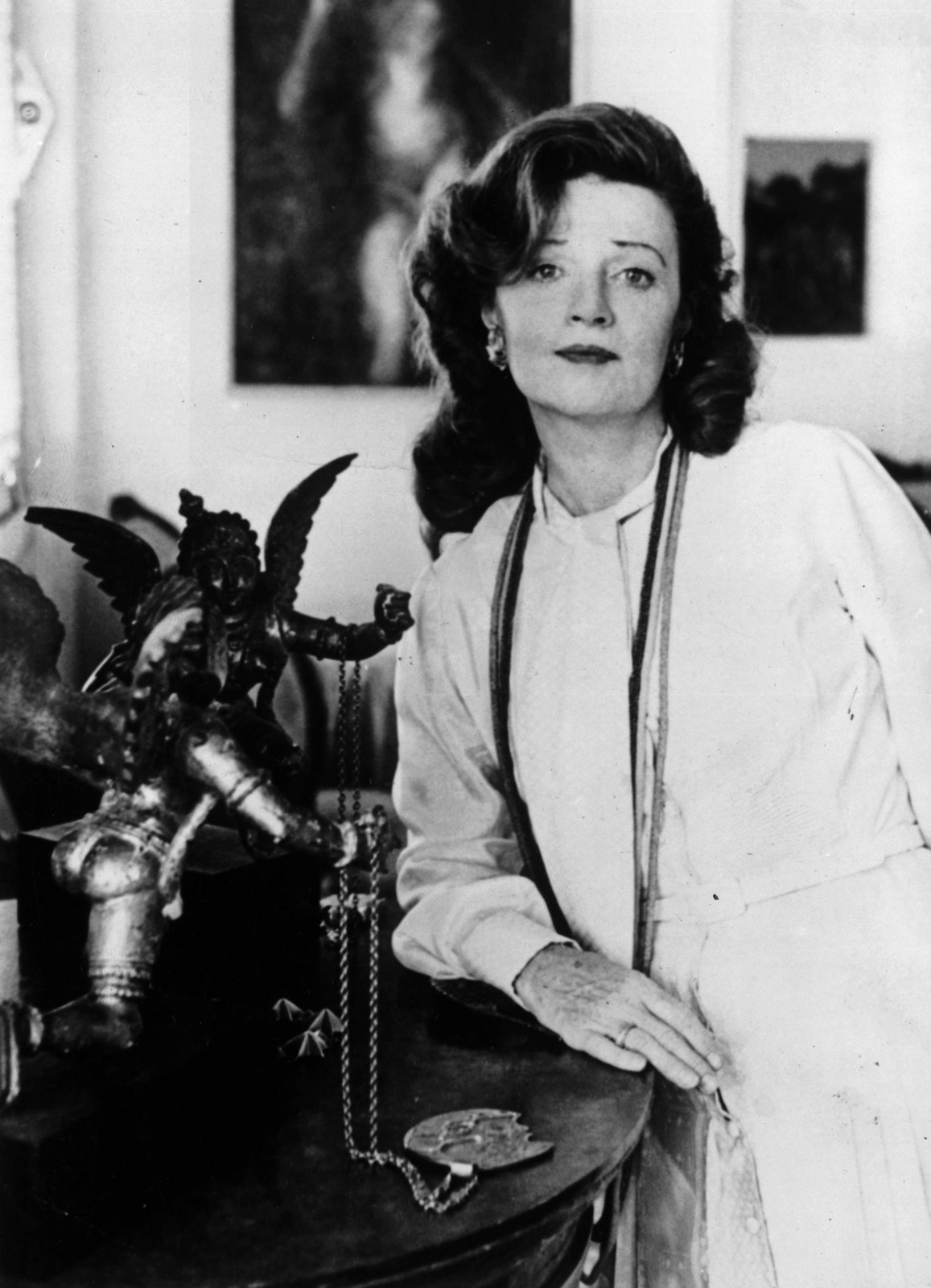
‘Muriel Spark is well known for weaving bizarre situations through her fiction, odd characters nursing dark thoughts, overly concerned with death and religion. Not to Disturb has all that, in spades. A novella sized 96 pages, Not to Disturb is dreamlike and illusory, like those passageways one blunders through in dreams, where everything is so familiar yet doesn’t make complete sense. It is compelling though, peopled with some extraordinary characters including a sinister butler and a ‘lunatic’ in the attic.
“At that moment a long wail comes from the top of the house, winding its way down the well of the stairs, followed then by another, winding through all the banisters and seeping into the servants’ hall.”
‘In a large house near Geneva, Baron and Baroness Klopstock have locked themselves into their library with their young secretary Victor Passerat. An argument ensues between the couple and their handsome young secretary. Their instructions are that they are not to be disturbed. Downstairs, the servants – wait for what they see as the inevitable demise of those three in the library. The servants are directed by Lister, the butler. In the lodge, the porter tells his nervous wife that nothing will happen at all.
“ ‘…You all get your own supper tonight.’
‘What about them?’
‘They won’t be needing supper.’
Lister stands in the doorway, now, watching his young aunt routing among the vegetables for a few carrots which she presses between her fingers disapprovingly.
‘Supper, never again,’ says Lister. ‘For them, supper no more.’”
‘In the servants’ hall, all is tightly controlled calm, as the staff prepare for a lucrative payoff following the tragedy, by selling their story to the highest bidder. They are, unsurprisingly an odd group; Eleanor is Lister’s aunt, despite being younger than him, Pablo is the handyman, Heloise, is the youngest maid, pregnant, though she doesn’t know who the father is. Monsieur Clovis; the chef, has an assistant called Handrian, but they all take their lead from Lister.
‘Upstairs, the baron’s brother – and heir – howls with rage, throwing plates at the woman employed to care for him. Outside the house, a car is parked with two people sat inside, they are waiting for their friend, the baron’s secretary. From time to time they come to the door asking for him, but always receive the same reply, that the baron and his secretary are not to be disturbed.
“‘How like,’ says Lister, ‘the death wish is to the life-urge! How urgently does an overwhelming obsession with life lead to suicide! Really, it’s best to be half-awake and half-aware. That is the happiest stage.’”
‘The servants endure a long night, as a storm starts to rage above their heads. It is a night of a series of extraordinary and rather bizarre events. A visit from both a prince and a Reverend on a motorbike. A wedding is conducted; Heloise is married to the ‘lunatic’ in the attic in a scene that is quite disturbing, and perhaps could only have been written by Spark.
‘The morning brings exactly what the household staff had expected, and finally it is time for them to step out into the light.
‘Muriel Spark’s 1971 novel is clearly a satire on other kinds of novels, the Golden Age mystery particularly and those novels of the past which concerned themselves with the servant problem. This is a clever, and darkly humorous novella, shot through with Muriel Spark’s unique creativity.’ — HeavenAli
___
Further
Muriel Spark @ Wikipedia
Muriel Spark @ goodreads
Radical Postmodernism/Anti-Postmodernism: Muriel Spark’s Not to Disturb
Textasy: The Seduction of the Text in Muriel Spark’s Work
Attending the Casseroles and a Suicidal Baron
Review: Not To Disturb By Muriel Spark
THE FORBIDDEN WORD IN MURIEL SPARK’S NOT TO DISTURB: A PARADIGM OF INTERTEXTUALITY
Sex is not to be mentioned…
THE REPRESENTATION OF THE POST-INDUSTRIAL AND LATE CAPITALIST SOCIETY IN MURIEL SPARK’S NOT TO DISTURB
Muriel Spark’s Employment of Burlesque: Parody of Detective Fiction in Not to Disturb
Buy ‘Not to Disturb’
____
Extras
The Many Primes of Muriel Spark (2018)
Muriel Spark tells a joke
Muriel Spark 100 trailer
Muriel Spark Film by Eirene Wallace
___________
Manuscript/Typescript
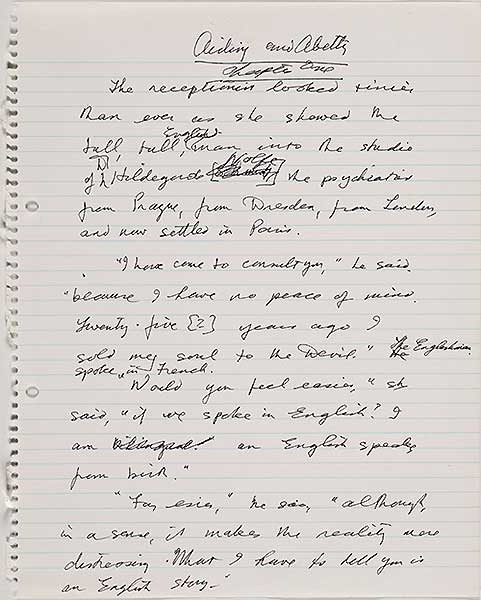
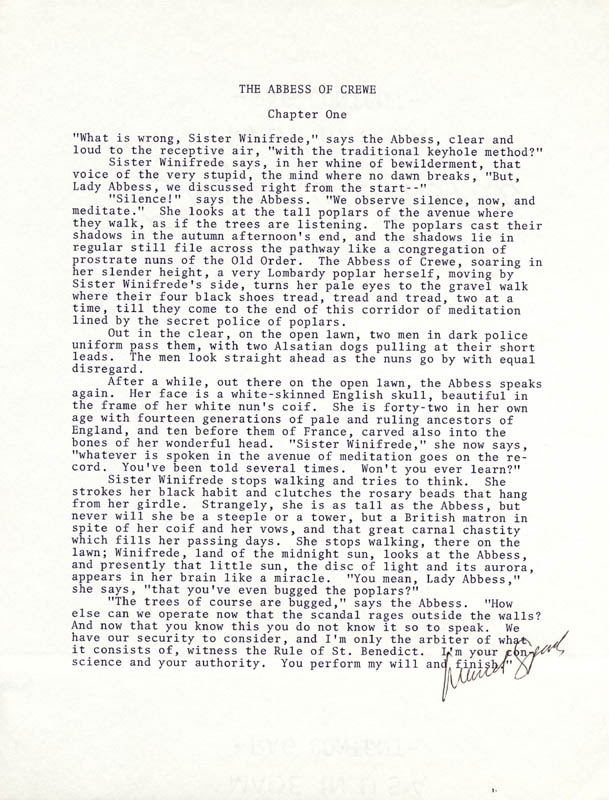
_____
Interview

What is the question that you are most commonly asked?
“Do I write by hand?” I’ve got a passion for paper and pens.
(And in fact, taking a fancy to the pen I had brought with me to the dinner (in hopes of getting her to sign my copy of The Driver’s Seat), Dame Muriel asked if she could keep it. Of course, I said, ‘Of course.’)
Is there any question that you wish you were asked more often in interview?
No.
Do you ever feel that during an interview you have been prompted to come up with a new idea – an idea that has subsequently contributed to the writing of fiction?
Yes, but I don’t recall any specific occasion.
Your latest novel, Aiding and Abetting, is centred around an interview of sorts – a psychoanalytic session. Do you believe in ‘the talking cure’?
Psychiatrists are mostly fake, but they obtain results merely by being consulted.
Given a choice, which person – living, dead, divine, mythical, semi-mythical or fictional – would you choose to interview? Why? What would you ask them? Where would this interview take place?
M. Heger, Charlotte Bronte’s master at Brussels. I would ask did he encourage her as a lover.
Do the shortness of your replies suggest some annoyance with the limitedness of my questions?
Oh no. I always write briefly.
Aiding and Abetting, which has been deservedly well received, concerns the adventures of a number of fakes: Lord “Lucky” Lucan, a second faux-Lucan, a fake stigmatic, her false lover… The central fact of the novel, unfake, is the blood of the Nanny whom “Lucky” Lucan bludgeoned to death (Sandra Rivett) after mistaking her, in the dark, in the basement, in November 1974, for his wife.
He hated his wife with a psychopathic hatred. He caned his wife. He was one of those men.
Even having completed the novel, and the publicity tour, you still seem fascinated by Lucan.
I’m longing to see if there are any further developments. I can’t help feeling that there must be.
Your portrayal – both in the novel and in conversation – of “Lucky” seems to bring him to life at the very same time as killing him off.
He was a very stupid man. He didn’t see himself. Or else he only saw himself – which is ridiculous. He was a bit laughable. He came at the end of an era. It was ‘74 when he disappeared. His world was disappearing, too.
Out of real curiosity, how and where do you work?
I have a bedroom with a lovely view looking over the Tuscan hills and fields. Off that room is a little room. I usually work in there. Down some stairs is a study. I don’t work in there any more. I have a bad leg.
As for revisions?
Very little. I think of the book first, and then I strike. If I do [revise], it’s as I go along. I go through the typescript, for commas.
Was this a late Jamesian revision – removing?
Usually, adding.
How is this speed possible?
I’ve been doing it for a long time, so it comes quite naturally. I think in the style that I write. I have a way of manipulating sentences in my mind.
Which has been the hardest of your books to complete?
The autobiography. [Curriculum Vitae.] Because it’s fact.
And the easiest?
The Prime of Miss Jean Brodie.
Why?
It was closest to my own experience.
I wonder if you have any advice for me,
I think you should always be tough with publishers. Keep smiling, but tell them directly what you want. And the same with agents. Say to the agent, “I want this.” Then double it. I’ve always found that worked.
Are you working on another novel, and if so…
Yes
Would mind my mentioning its title here?
No. No. You do that. If someone pinches it, I’ll call it something else.
The title of Dame Muriel Spark’s next novel will be, The Finishing School.
___
Book
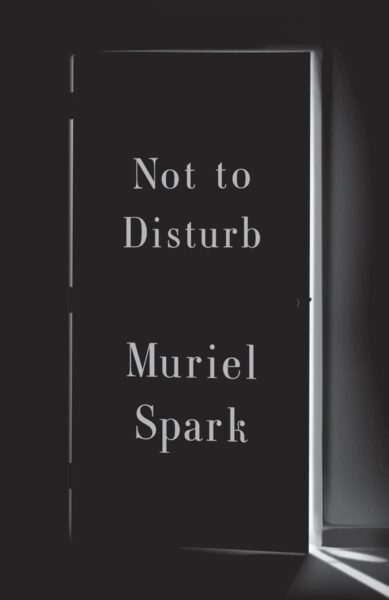 Muriel Spark Not to Disturb
Muriel Spark Not to Disturb
New Directions
‘Behind the high walls of a mansion in Geneva a night of sinister revelry is about to begin . . .
‘In the staff quarters, the servants led by the cool, unflappable butler are preparing for the downfall of the Baron and Baroness. Meanwhile in the attic, the Baron’s invalid brother awaits his fate as an unwitting pawn in their devious plans. And in the library, the Baron, the Baroness and their young handsome secretary are locked in a mysterious, heated discussion.
‘As the macabre scenario plays itself out, a world of grim humour and gruesome possibilities unfolds . . .’ — ND
‘Spark is a natural, a paradigm of that rare sort of artist from whom work of the highest quality flows as elementally as current through a circuit: hook her to a pen and the juice purls out of her.’ — Stephen Schiff, The New Yorker
____
Excerpt
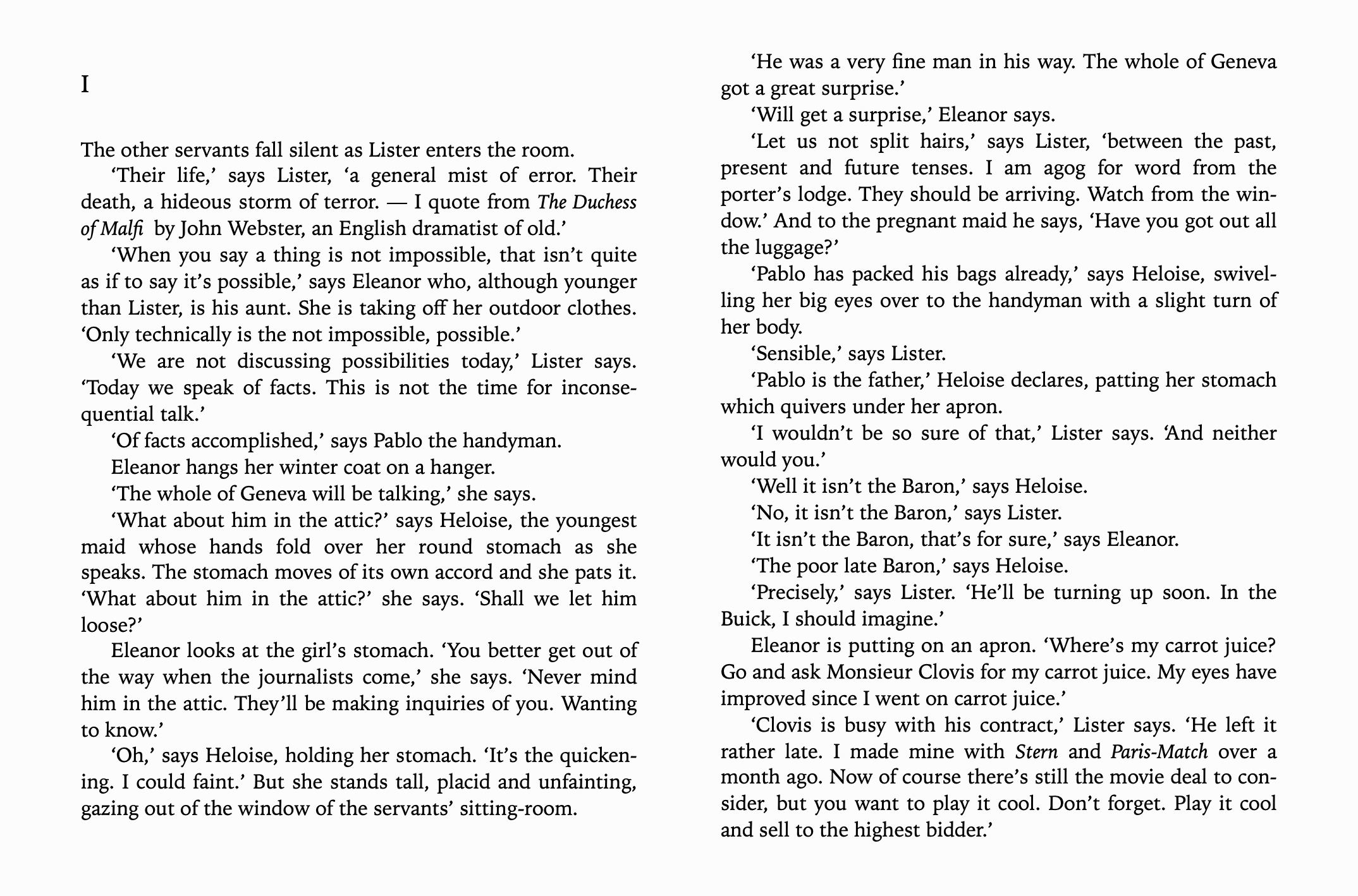
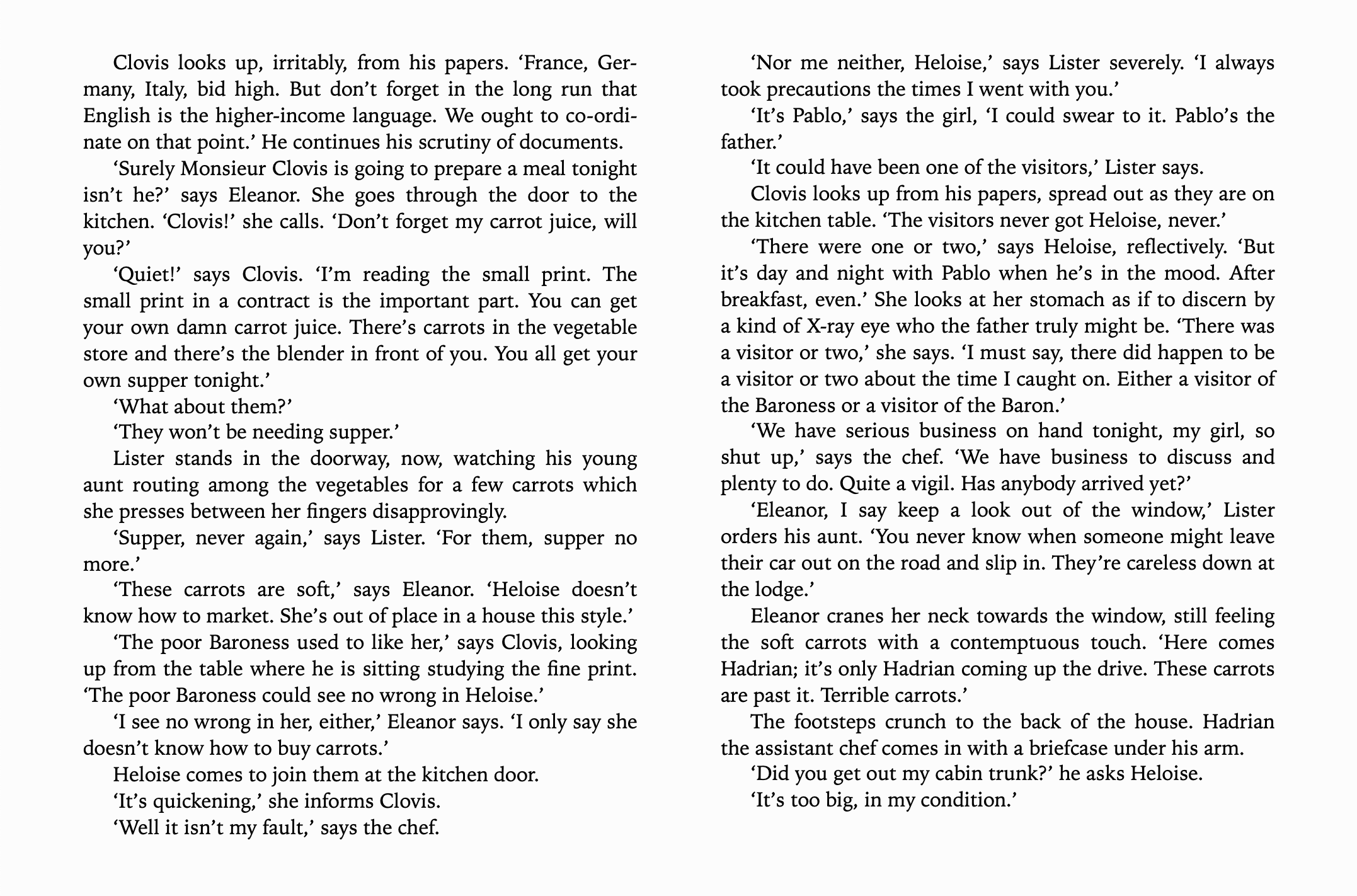
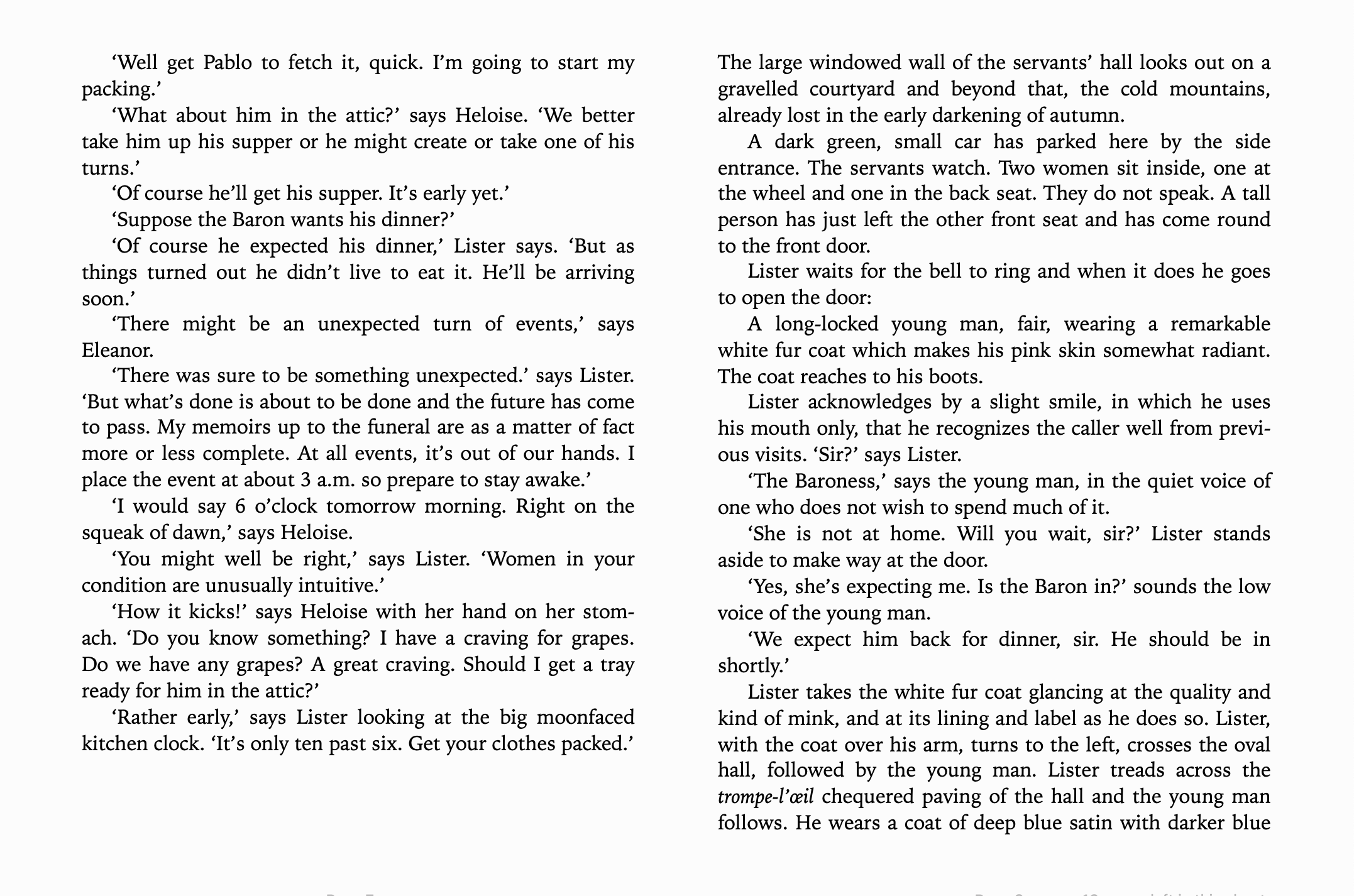
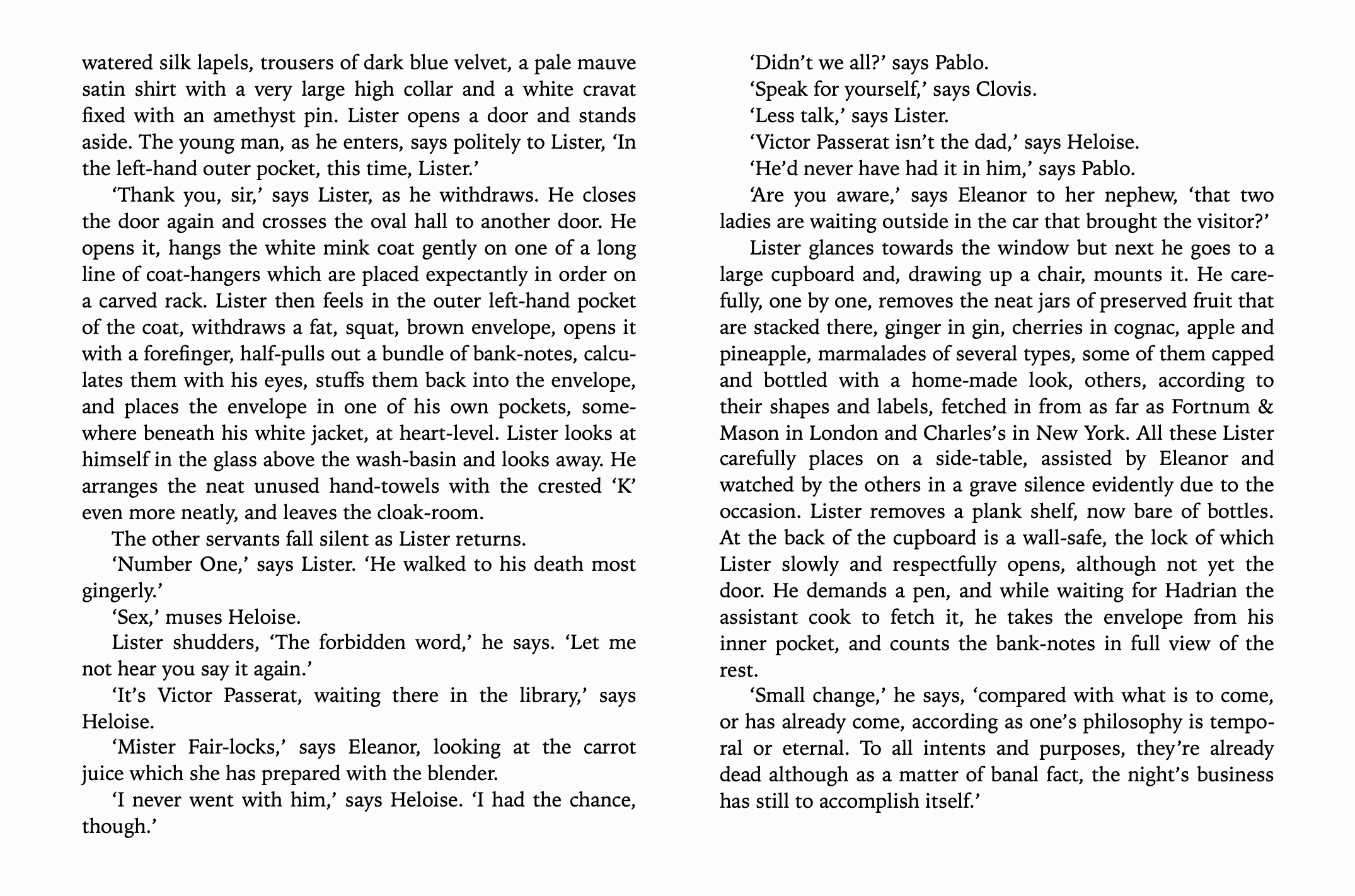

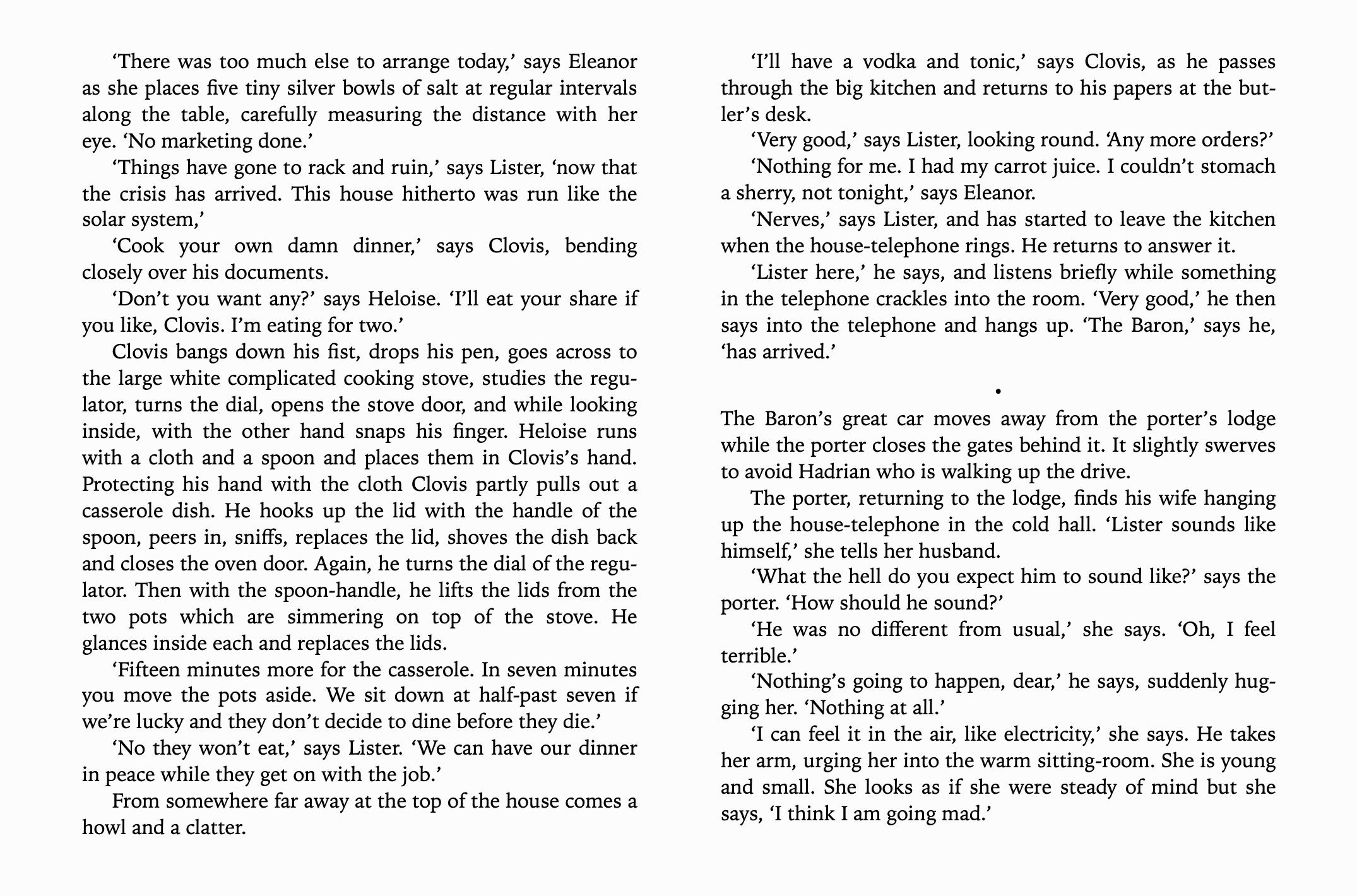
*
p.s. Hey. There’s a new interview with me by the writer Troy James Weaver about ‘I Wished’ and my favorite bands, presses, books, etc. if you’re interested, and a very smart, good review of ‘I Wished’ by Jeremy Lybarger here. ** David, Pretty and brawling, nice. I’ve heard of Corfu. I’ve only been to the obvious islands like Santorini and the other ones on that circuit. Nice poem, man. Ms. Bush would be chuffed, I think. ** G, Hi, G! I’m happy you liked it. Wise thought there my wise friend. You good? I’m good under coldish, gray skies, my favorite kind. xo. ** Bzzt, Well, well, well! Hi there, man! It’s been ages since you graced this portal. I’m good. Paris is good. I’m mostly nervous about my book coming out, which its natural, I guess. But, yes, I’m very happy with the response so far. I’m very sorry about your dad. Having lost my dad too, I know that’s very complicated and particular thing to live beyond. And, of course, I’m sorry that you and boyfriend called it quits. Usually it’s for the best maybe, but it can take a while to get to that perspective. I’m sorry for the pain. Great about your essay! I can’t wait to read it! I know people who’ve gone their whole lives waiting to give themselves the kick in the ass they need, but that’s not going to be you, bud. So great to see you. Don’t be a stranger, if you want. Love, me. ** Ian, Hey, Ian. Your life sounds good. My life sounds like that when it’s good. Thank you so much about ‘The Marbled Swarm’. That’s my favorite of mine, I think. But, yeah, go for the junk. What kind of junk? All’s good here, thanks. Excellent next 24 hours+ to you. ** Dominik, Hi!!! Not a gamer, eh? No big. I’m a not an all kinds of things. I’ve heard of ‘Oblivion’, but I haven’t played it. Maybe I’ll test it if I can find a way to do that. Thank you for the bunker. Back when I was a kid, and when it seemed like nuclear war was imminent any second, lots of the people in my neighborhood built bomb shelters in their yards, but my parents refused to, and I think my panic about that fucked me up for life. Love fixing my blog’s autocorrect so that every time I type the word ‘is’ it doesn’t correct it to ‘iOs’ and every time I type the word ‘love’ it doesn’t correct it to ‘live’ because I want to ‘love’ not just ‘live’, G. ** Sypha, Hi, James. Okay, you’ve pretty much sold me on ‘Amnesia: The Dark Descent’. Off I go, even though I really shouldn’t. I think you did a post about your life in The Sims 3 for this blog, didn’t you? I think I looked into restoring it but all the images/links were dead so I couldn’t? Maybe, I’m not sure? ** _Black_Acrylic, Oh, man, I hope you’re feeling a lot better today. Scary time to feel under the weather. How are you feeling today? ** Andrew, Hi, Andrew! Oh, yeah, weird authors are doing the English language a great if peculiar favor. Wow, obviously you guys should hit the Ganges if that’s a realistic possibility. Just imagining that is intense. Corn maze! I have to sit out American Halloween and all of my beloved haunted attractions this year, and it’s killing me. Apple orchard sounds nice too, unscariness included. Do get back to your book. I mean, 11:11 is crucial, and life would be poor without it, but your own work is always the most important, or so says me. My weekend hit its marks, thanks. So nice to see you! ** Steve Erickson, Ah, Kevin’s voice. So distinctive, so missed. UFO-themed! I like the sound of that. Ooh. ** David Ehrenstein, Ha, I just knew you were going to do a sidebar to that movie, ha. ** Kyler, And hello to you, big K. Thank you about ‘IW’. Your savouring it is an honor, sir. Ha ha, great that you liked my little strategically placed hem and haw. Love, me. ** Misanthrope, He’s just lucky he’s still alive, and you’re just lucky you’re not living in prison. I remember that moment in Gillian’s Island. Memory is a very strange beast. Those weren’t earths, they were Pop Rocks! ** Okay. I recently read this lesser known, very short novel by Muriel Sparks, and it was fantastic, and so I turned my spotlight on it. See you tomorrow.

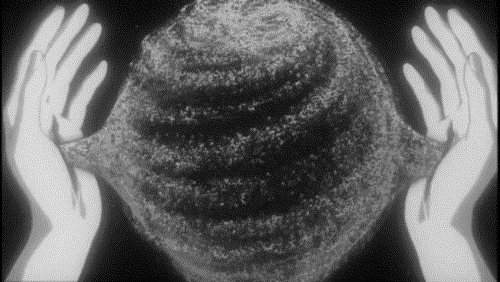
















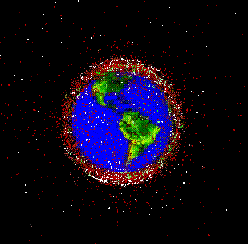













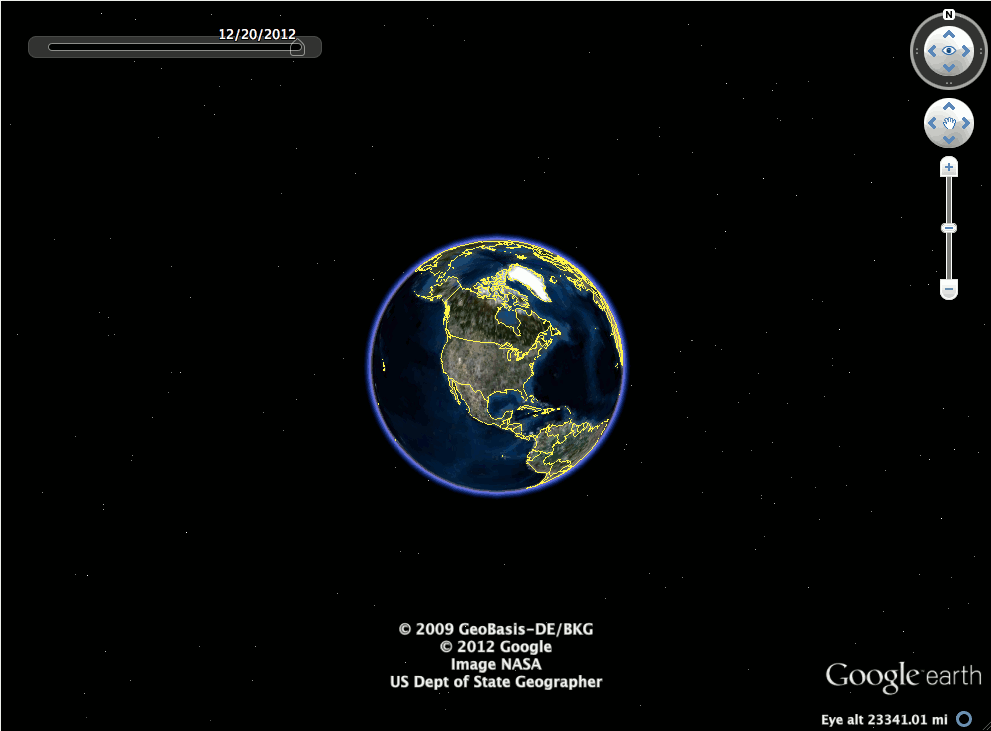





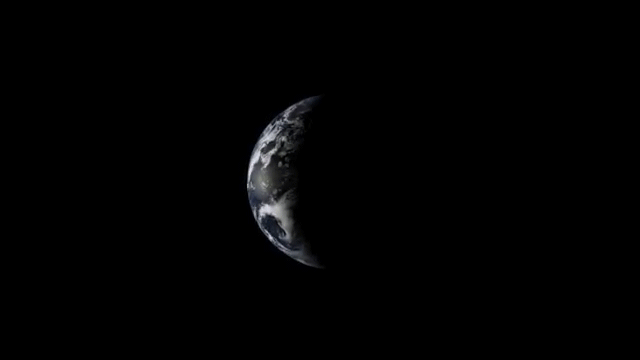










































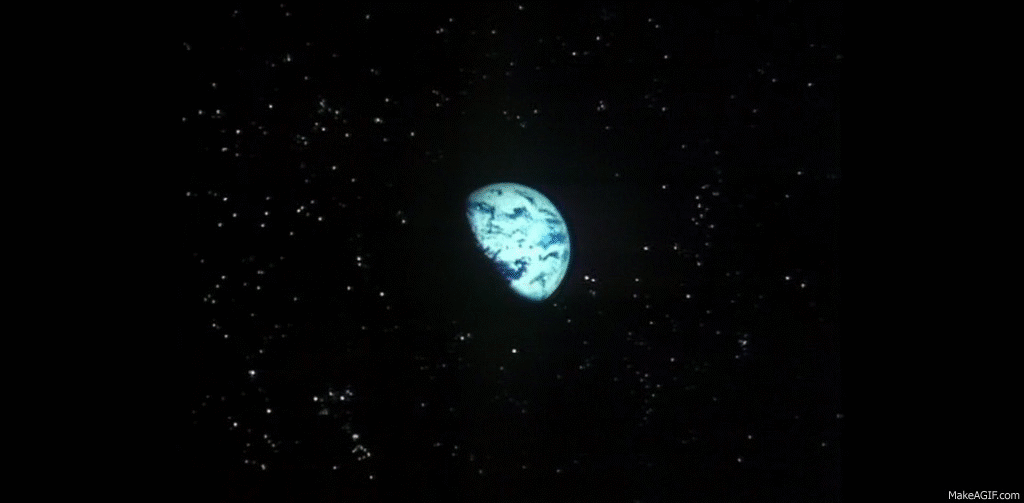






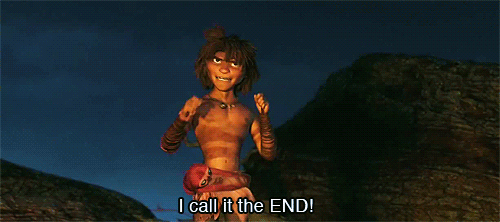




 Now available in North America
Now available in North America 